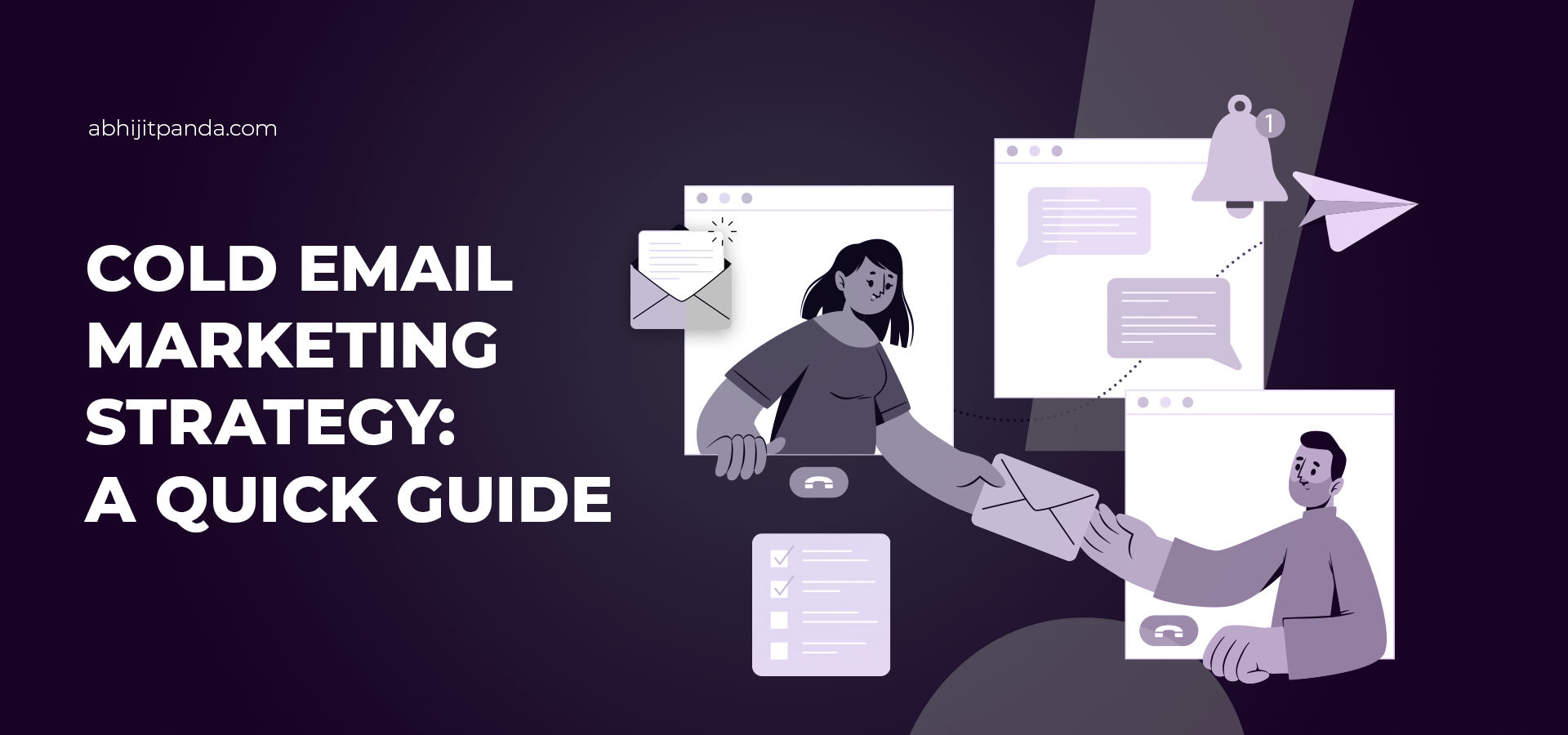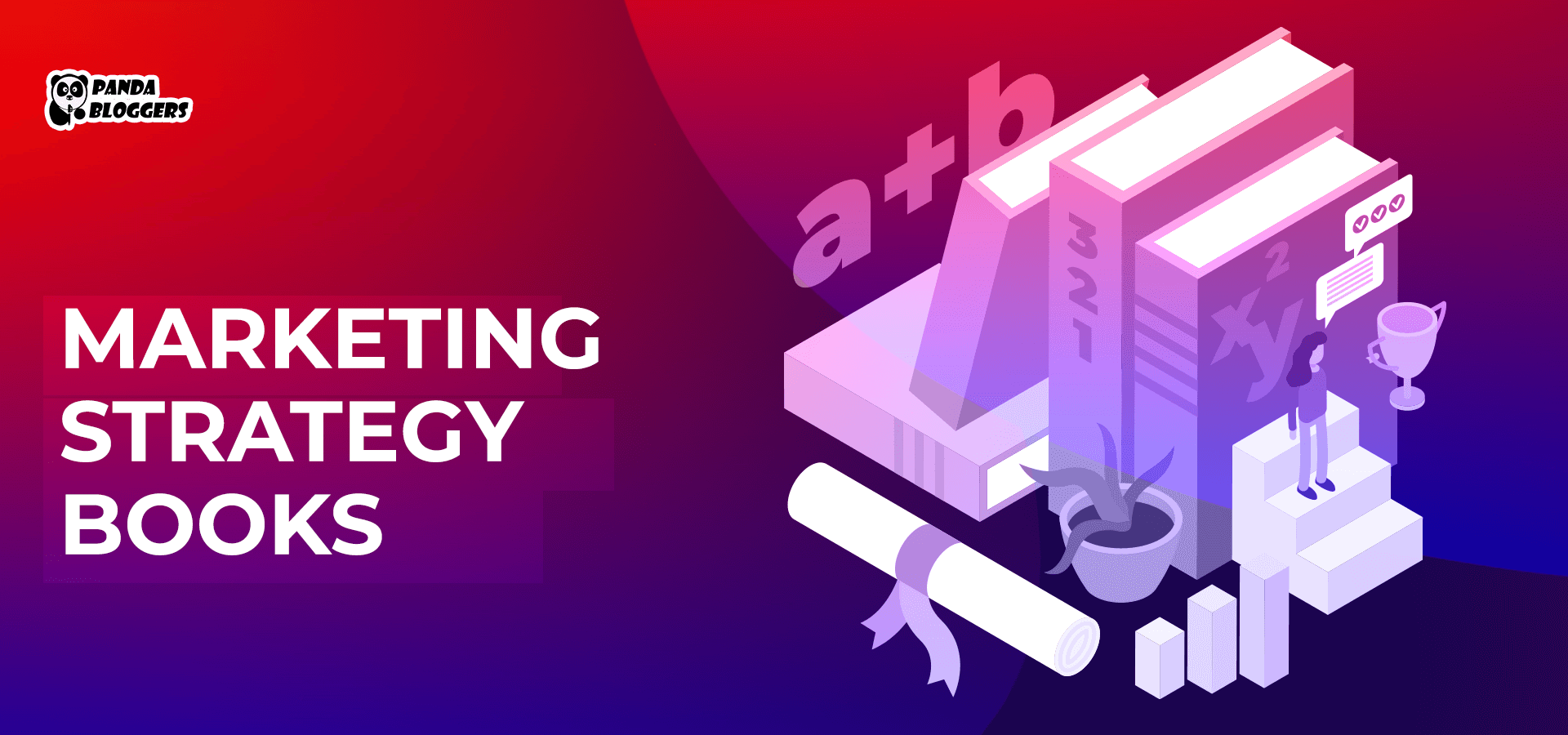 Cold Email Marketing Strategy: A Quick Guide
Cold Email Marketing Strategy: A Quick Guide
While running email marketing campaigns, businesses generate and convert leads by sending both warm emails and cold emails. They send warm emails to contacts that have opted in to receive messages. But marketers send cold emails to receivers with no prior contact. That is why; businesses must implement a cold email marketing strategy to make the recipient read the cold emails and reply to the marketing email.
According to Wikipedia,
“Cold email is a personalized, one-to-one message targeted at a specific individual. Its aim is to get into a business conversation with that individual, rather than to promote a product or a service to the masses. Cold email, according to its proponents, is not spam. However, if certain steps are not followed, it may be treated as spam by spam filters or reported by the recipients.”
Many businesses these days boost lead generation activities by sending a variety of cold emails. Also, they use cold email software to send cold emails to a large number of recipients quickly and automatically. The sophisticated cold email software solutions send automated notifications each time a recipient opens the email and send follow-up messages if the recipient does not reply.
While making a cold email marketing strategy, you must remember that the open rate and response rate vary across businesses and enterprises. According to Constant Contact, the average email open rate is 17.61%, the average click rate is 8.74%, and the average bounce rate is 10.64% across industries. But you can increase open rate, click rate, and bounce rate by focusing on a slew of factors while making cold email marketing strategies.
Different Types of Cold Emails Used in Email Marketing Campaigns
Businesses these days send cold emails for a variety of purposes – delivering the message and collecting information. While implementing a cold email marketing strategy, you must focus on sending the right cold emails to recipients without any prior contact.
Introductory Emails
You can send introductory emails to start a relationship with the prospect by introducing your business. While creating this type of cold email, you must focus on introducing your business instead of showcasing products or services. You can foster the relationship developed through the introductory emails will create sales opportunities in the future.
Soft-Sell Emails
You can send soft-sell emails to create sales opportunities gradually over a period of time. Like introductory emails, soft-sell emails must introduce your company. Additionally, this type of cold email must introduce your products or services on the pretext of getting feedback or understanding needs.
Hard-Sell Emails
As the name suggests, this category of cold emails acts as an alternative to cold calling. You can request the recipient to purchase your product or avail of your services by sending hard-sell emails. But you must allow the recipient to gather additional information or set up a meeting before placing an order. Many businesses these days send hard-sell emails to boost sales quickly.
Start Discussion Emails
You can develop and foster relationships with prospects by sending this type of email when your business publishes and promotes content regularly. Instead of introducing your product or service, these emails will focus on highlighting information sharing and starting discussions. You can easily use the blogs posted by your business as a tool to start discussions with prospects by sending these cold emails.
Get Free Help/Advice Emails
Many professionals send this type of cold email to generate leads by providing free assistance. While writing the cold email, they highlighted their expertise and experience. Also, they mention the type of assistance or service they can provide in a specific way. The free advice or assistance provided to the prospect will create sales opportunities in the future.
Conversion Metrics for Measuring Cold Email Marketing Campaign Performance
The cold email marketing software helps you to curtail both time and resources. But your cold email marketing strategy must focus on tracking and measuring the performance of these campaigns using a set of conversion metrics – open rate, bounce rate, response rate, and conversion rate.
Open Rate
As the name suggests, the open rate depicts the percentage of recipients who opened your cold email. You cannot assess the performance of cold email marketing campaigns accurately using open rate as the primary metric. But the metric will help you to know if you are sending the cold email to recipients at the right time. Also, you can use the metric to check if the subject line is compelling enough to make the recipient open your cold email.
Response/Reply Rate
This conversion metric helps you to know the percentage of recipients who responded or replied to your cold emails. You can use the metric to check if the cold emails are being sent to the right audience. Also, you can know if emails meet the needs of recipients by delivering the message or information clearly and transparently.
Conversion Rate
Often cold emails request recipients to take a specific action – place an order, request a demo, download a whitepaper, or subscribe to the newsletter. This conversion metric helps you to know the percentage of recipients who take the requested actions after opening and reading the cold emails. You can use the metric to check the effectiveness of your landing page and the call-to-action (CTA) included in the email in boosting conversion.
Bounce Rate
This metric depicts the percentage of cold emails not delivered to recipients. You can divide this metric into two subcategories – soft bounce rate and hard bounce rate – according to the reason for delivery failure. Hard bounce rate will help you to know the soft emails not delivered due to the wrong email address or unavailability of the mail server. On the other hand, a soft bounce rate will help you to know the percentage of emails not delivered despite correct email addresses. You can use these conversion metrics to assess the quality of your email list.
Cold Email Writing Tips to Increase Open Rate and Response Rate
Your cold email marketing strategy will become successful only when the email catches the attention of recipients. You can catch the attention of the recipient only by focusing on the key aspects of the cold emails – subject line, content, and call-to-action (CTA).
Know Your Recipient Clearly
Before focusing on important elements of the cold emails, you must spend some time understanding the recipient. You can always refer to the customer profile created by the marketers to understand the recipient’s needs, expectations, and pain points. You can make the recipient respond to the email only when it addresses precise pain points by providing relevant information, instructions, or solutions in an interesting way.
Avoid Ready-to-Use Templates
Often marketers use free email temples and finetune existing emails to accelerate cold email creation. But you must remember that most people do not open or read old emails. Also, you can make a recipient open your email only when it standouts from the competitors. You must write fresh cold emails for every campaign by considering the customer profile and adopting the aforementioned best practices.
Keep the Subject Line Short and Catchy
Every recipient decides about opening and reading a cold email based on its subject line. You must remember that most recipients these days open emails on their mobile devices. Hence, recipients often mark emails with long subject lines as spam. Hence, you can persuade them to read the email by keeping the subject line short. However, it is always important to review and finetune the short subject line multiple times to ensure that it is catchy.
Create Personalized Emails
According to DailyBlogging.org, “Woodpecker has included advanced personalization through snippets and discovered that they could increase the reply rates to 17% (from 7%).” You can easily increase the response rate by including the name of the recipient – individual or organization – in the content. Also, your content must appear like you are talking to the recipient directly and solving her problems by providing relevant information. The personalization will make the recipient appreciate the time and effort you have invested to address pain points.
Keep the Content Informal and Precise
Most recipients do not have adequate time to read lengthy and descriptive emails. Hence, you must focus on keeping the email content short and come to the point early. The email can keep the reader engaged and persuade her to read the content fully when you convey the desired message in the first two sentences. However, you must review and proofread the content repeatedly to ensure that the cold email looks informal.
Add a Strong Call-to-Action
Often cold emails request recipients to take a specific action. The recipient will take the desired action only when you convey when the email conveys your expectations unambiguously. You can persuade the recipient to take the desired action after reading the email only conveying the actions clearly and concisely. That is why; you must spend some time finetuning the call-to-action to ensure that it is powerful despite being clear and precise.
Include an Unsubscribe Link
There are many people who do not like to receive unsolicited marketing emails. You can impress such recipients by including an opt-out option in the email. The option will enable the recipient to convey her decision to not receive cold emails simply by clicking on a unsubscribe link. You can include an unsubscribe link in the email to keep your email list clean and up-to-date.
Cold Email Marketing Best Practices to Increase Conversion Rate
Your cold email marketing strategy cannot increase the open rate and response rate by focusing only on writing compelling emails. In addition to writing compelling emails, you must adopt a slew of best practices to send the email to the right recipient in the right way.
Create Customer Profiles
You can send cold emails to many people without prior contact. But you can increase conversion and response rates only when the email addresses specific customer pain points. Before implementing a cold email marketing strategy, you must create customer profiles to identify ideal recipients and understand their precise pain points. The customer profile will help you to write and send cold emails to relevant recipients.
Keep the Email List Clean and Up-to-Date
You can use specialized software solutions to curtail the time and effort required to create email lists. But you can reduce the bounce rate only by checking the accuracy of email addresses. It is always advisable to check the quality of the email list before sending cold emails. At the same time, you must review the email list regularly to ensure that cold emails are sent only to the relevant recipients.
Experiment with Different Types of Emails
You cannot generate and convert leads by sending a particular type of cold email. As mentioned earlier, each type of cold mail helps you to accomplish a specific goal. Your cold email marketing strategy must focus on promoting fast sales by sending hard-sell emails. But the strategy must create sales opportunities by developing and fostering customer relationships by sending other types of cold emails.
Send Follow-up Emails
Your cold email marketing strategy cannot increase response and conversion rates consistently without sending follow-up emails. The cold email marketing tools enable you to identify and track the recipients who did not reply to the emails. You can request the recipients to respond to the cold email by sending follow-up emails at regular intervals. You use the cold email marketing tools to send automated follow-up emails to recipients without putting in time and effort.
Conduct A/B Split Testing
Certain cold emails are more effective than others in increasing open rate, response rate, and conversion rate. You can easily boost conversion metrics by comparing high-performing cold emails with low-performing emails. You can even compare multiple versions of the same email to check its impact on recipients by performing A/B testing or split testing. According to Harvard Business Review, “A/B testing, at its most basic, is a way to compare two versions of something to figure out which performs better.”
The statistics posted on various websites highlight the effectiveness of cold email marketing in driving lead generation activities. You can easily monitor and manage cold email marketing campaigns using the right software. But your cold email marketing strategy must focus on sending the right type of cold email in the right way to increase the open rate and conversion rate.









Leave a Reply